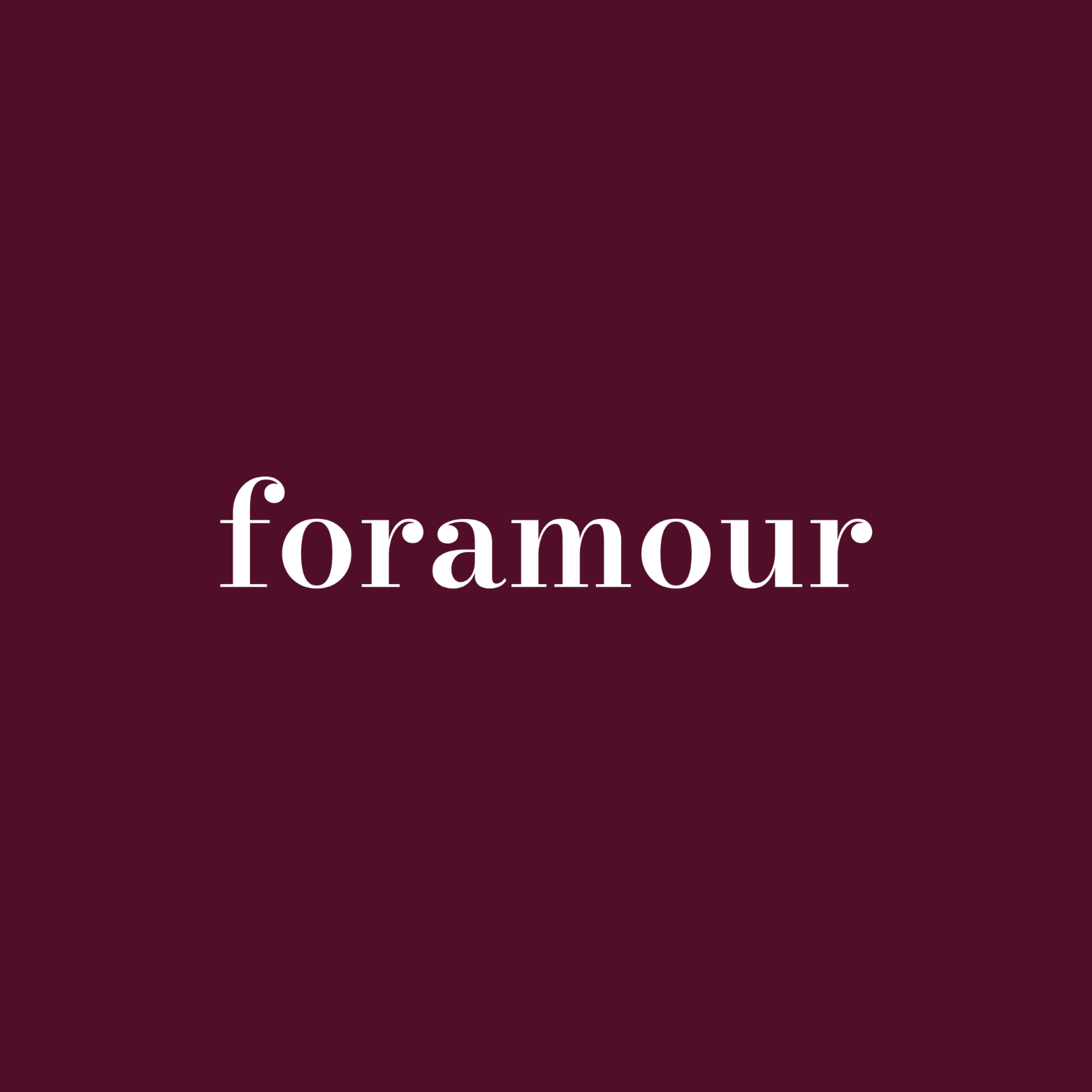
Earthy Influences on Contemporary Minimalist Lines
Quick Listen:
In the vibrant heart of Jaipur's Johari Bazaar, skilled artisans meticulously shape reclaimed silver into elegant, minimalist pendants, their craft honed by generations of tradition. These creations transcend mere adornment; they embody a profound shift in India's jewelry landscape. Once dominated by elaborate gold and intricate gemstone work, the market is now embracing a subtle revolution where earthy, sustainable elements redefine minimalist designs. This evolution is propelled by environmentally aware city dwellers seeking jewelry that harmonizes heritage with contemporary values.
Minimalist jewelry in India has evolved beyond simple geometry and restraint. It now weaves narratives of ethical procurement, cultural legacy, and a forward-thinking mindset that appeals to the nation's expanding urban middle class. Brands such as Foramour are at the forefront, specializing in premium fashion jewelry that emphasizes customization and sustainability. By integrating India's natural motifs with modern forms, these pieces offer enduring appeal while addressing current ecological concerns. As detailed in the article Earthy Influences Shape the Future of Minimalist Jewelry in India, this fusion is not just a trend but a transformative force in the sector.
The Indian jewelry market is experiencing robust expansion, driven by a youthful, prosperous population that prioritizes both aesthetics and responsibility. Recent analyses indicate that the overall jewelry market in India was valued at approximately USD 89.65 billion in 2023 and is anticipated to reach USD 132.15 billion by 2032, growing at a compound annual rate of about 5.7%. Other projections suggest a slightly higher pace, with some reports estimating a 6.3% CAGR from 2025 to 2033 for the Indian market. This surge is particularly evident in urban hubs such as Delhi, Mumbai, and Bengaluru, where buyers favor items crafted from recycled silver, reclaimed gold, or natural stones. The Gem and Jewellery Export Promotion Council (GJEPC) highlights ongoing initiatives to promote such practices, though specific statistics on adoption rates remain limited. Additionally, the organized retail sector, which includes fashion jewelry, is expanding rapidly; modern trade is projected to grow at 20% per annum, outpacing the overall retail market's 12% annual growth. This reflects a broader shift toward structured, branded offerings over traditional, unorganized purchases.
Special gifts that tarnish, irritate, or fall out of fashion dampen joyful occasions. That disappointment clouds memories meant to endure. Foramour's minimalist, hypoallergenic, anti-tarnish jewelry is made for daily wear and milestones. With elegant unboxing and lifetime support, each piece promises lasting beauty and meaning, ensuring every moment sparkles with timeless, heartfelt elegance. Shop Now!
Trends Redefining India's Jewelry Landscape
The move toward earthy minimalism is unmistakable and multifaceted. Designers are pivoting from flashy, factory-made items to embrace organic materials that evoke a sense of touch and authenticity. Inspirations from terracotta patterns, warm earth tones like terracotta red and forest green, and matte, unfinished surfaces are seamlessly incorporated into streamlined shapes. These elements echo India's deep-rooted traditions evoking the simplicity of rural ceramics or the subtle hues of artisanal fabrics while appealing to international tastes.
In metropolitan areas like Bengaluru and Mumbai, millennials and Gen Z consumers are spearheading this change. Insights from retail associations reveal that those in the 25–35 age bracket increasingly value sustainability alongside versatility, opting for pieces suitable for professional settings or casual outings. This aligns with worldwide movements, yet India infuses its unique cultural essence. For comparison, the global minimalist furniture market was estimated at USD 49.66 billion in 2023 and is projected to expand at a 7.5% CAGR from 2024 to 2030, underscoring a universal desire for uncluttered, calming designs. In jewelry, this translates to creations that blend serenity with heritage warmth, fostering items that are innovative yet grounded.
Nature-inspired motifs in minimalist forms, such as leaf patterns, solar symbols, and delicate insect designs in 925 silver. Sustainable practices like using recycled metals and lab-grown diamonds are gaining traction, with brands adopting eco-friendly methods to meet consumer demands for ethical production. The revival of vintage styles with a modern twist also incorporates personalization and mixed textures, ensuring pieces are both timeless and environmentally conscious. Quiet luxury, characterized by natural, ethically sourced fabrics and woods in complementary sectors, mirrors this jewelry shift toward understated opulence.
Artisans and Startups Leading the Way
At the core of this metamorphosis are artisan workshops in Jaipur and Kolkata. These centers, renowned for their historical expertise, are now merging ancestral methods with contemporary outlines. In Jaipur, craftsmen embed unrefined natural gems into fine silver settings, yielding designs that balance ruggedness and sophistication. Kolkata's creators explore tarnished metals and soil-like finishes, inspired by the region's iconic terracotta architecture.
Foramour stands out by providing tailored options where clients select eco-aligned materials and motifs. Its commitment to recycled elements and responsible gem sourcing resonates deeply with city shoppers. Emerging ventures in Gurugram and Mumbai are thriving via social media and e-commerce sites like Nykaa and Instagram. Brands such as Giva.co, known for modern minimalist silver pieces, and BlueStone, offering affordable minimalist gold starting from ₹2,000, exemplify this momentum. Outhouse and Misho bring bold yet simple aesthetics, while Tyaani and Dhora focus on heritage-infused minimalism. These entities promote a ethos celebrating personal expression, green practices, and India's artisanal legacy, transforming purchases into meaningful investments.
Internationally recognized designers like Ananya and Hanut are elevating Indian minimalist jewelry on global stages, blending clean lines with subtle motifs. Smaller labels such as Rosywine and Palmonas cater to daily wear with dainty, sustainable options, further democratizing the trend. This ecosystem not only boosts local economies but also positions India as a hub for innovative, conscientious design.
Challenges in the Sustainable Jewelry Space
Nevertheless, advancing sustainable minimalism faces significant obstacles. Procuring verified green materials in India is complicated by disjointed supply networks. The Ministry of Mines reports underscore issues in tracing critical minerals, leading to volatility and disruptions in jewelry inputs. For micro and small enterprises, certification expenses are daunting, hindering competition with established firms.
Buyer doubt persists amid proliferating “green” assertions, making authentication difficult. In secondary cities like Lucknow and Coimbatore, cost consciousness amplifies reluctance to pay premiums for ethical items. MSME studies reveal key barriers including financial constraints and limited awareness of sustainable benefits. Ethical sourcing challenges for SMEs encompass poor supply chain relations and greenwashing risks. Brands like Foramour navigate this by emphasizing transparency, yet industry-wide solutions are needed to build trust and accessibility.
Global insights from diamond supply chains highlight sustainability concerns like environmental impacts and labor issues, which resonate in India's context. Addressing these requires collaborative efforts in policy, education, and technology to streamline eco-friendly practices.
Opportunities on the Horizon
Amid hurdles, vast prospects abound. India's jewelry sector is earning acclaim worldwide, with events like the India International Jewellery Show (IIJS) spotlighting sustainable and minimalist innovations. The 2025 editions emphasize lightweight, architecture-inspired designs and green exhibition standards. Technological integrations, including CAD/CAM for accurate crafting and AI for trend forecasting, enhance efficiency in production centers like Mumbai and Bengaluru.
Earthy minimalist pieces are integrating into contemporary customs, from business gifts to matrimonial ceremonies. Urban brides prefer slim, eco-conscious alternatives to bulky traditions, infusing personalization into weddings. This is bolstered by rising export potential, supported by FTAs that could double shipments to key markets. Initiatives like those at IFJAS promote eco-friendly jewelry, fostering global partnerships.
Moreover, the emphasis on solid gold from conflict-free sources and durable materials ensures longevity, aligning with consumer shifts toward investment-grade sustainability. These developments promise economic growth and cultural preservation.
A Future Forged in Earth and Innovation
As the Indian jewelry arena progresses, earthy minimalism emerges as a frontrunner. Projections indicate that entities adopting green strategies and cultural integrations will lead the luxury niche by 2030. For Foramour, success hinges on harnessing personalization, online platforms, and verified eco-credentials to differentiate itself.
Ultimately, Indian jewelry transcends decoration it embodies self-expression. Merging ancestral styles with sleek minimalism, India is pioneering eco-luxury on the world stage. Through artisan's dedication and innovative spirit, these natural inspirations are forging a resilient, inspiring heritage.
Frequently Asked Questions
What are the key trends driving minimalist jewelry design in India in 2025?
The 2025 minimalist jewelry trends in India emphasize nature-inspired motifs like leaf patterns, solar symbols, and delicate insect designs crafted in 925 silver. Sustainable practices are gaining significant traction, with brands increasingly using recycled metals and lab-grown diamonds to meet consumer demands for ethical production. There's also a revival of vintage styles with modern twists, incorporating personalization and mixed textures to create pieces that are both timeless and environmentally conscious.
How is the sustainable jewelry market growing in India and what challenges does it face?
India's jewelry market is experiencing robust growth, valued at approximately USD 89.65 billion in 2023 and projected to reach USD 132.15 billion by 2032 with a 5.7% CAGR. However, sustainable jewelry faces significant challenges including complicated supply chains for verified eco-friendly materials, expensive certification processes for small enterprises, and consumer skepticism amid proliferating "green" claims. The Ministry of Mines reports issues in tracing critical minerals, creating volatility in jewelry inputs, while cost-conscious consumers in secondary cities remain reluctant to pay premiums for ethical alternatives.
Which brands and artisans are leading the earthy minimalist jewelry movement in India?
Foramour stands out by offering customizable eco-aligned materials and responsible gem sourcing, while emerging brands like Giva.co (modern minimalist silver), BlueStone (affordable minimalist gold from ₹2,000), Outhouse, and Misho are driving the movement through social media and e-commerce platforms. Traditional artisan workshops in Jaipur and Kolkata are merging ancestral craftsmanship with contemporary designs, with Jaipur craftsmen embedding natural gems into silver settings and Kolkata creators exploring tarnished metals inspired by regional terracotta architecture. Internationally recognized designers like Ananya and Hanut are elevating Indian minimalist jewelry on global stages.
Disclaimer: The above helpful resources content contains personal opinions and experiences. The information provided is for general knowledge and does not constitute professional advice.
You may also be interested in: Custom Jewellery Gains Ground in Emotional Gift-Giving – foramour
Special gifts that tarnish, irritate, or fall out of fashion dampen joyful occasions. That disappointment clouds memories meant to endure. Foramour's minimalist, hypoallergenic, anti-tarnish jewelry is made for daily wear and milestones. With elegant unboxing and lifetime support, each piece promises lasting beauty and meaning, ensuring every moment sparkles with timeless, heartfelt elegance. Shop Now!
Powered by flareAI.co
Share


